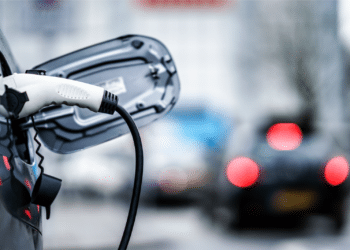Rate and term: How credit unions are winning market share
Longer loan terms, competitive rates boost originations
In the latest chapter of the market ebbs and flows spurred by COVID-19 shutdowns that began over two years ago, credit unions (CU) are now offering longer loan terms and more attractive rates to drive originations, and they’re claiming a larger share of auto loans in the process, on the heels of the steepest rise […]

Already subscribed? Log in
















